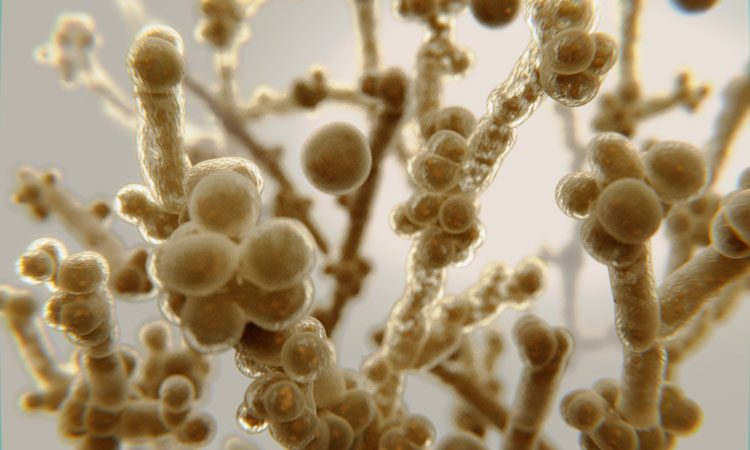Major step towards Candida auris vaccine developed
Posted: 7 August 2019 | Rachael Harper (European Pharmaceutical Review) | No comments yet
Researchers have detailed recent breakthrough experiments that successfully immunised mice against the Candida auris infection.


There has been almost 600 cases of Candida auris reported in the US since April 2019.
Researchers have taken a big step towards creating a vaccine that could neutralise Candida auris (C. auris), a ‘superbug’ that has caused hundreds of often fatal hospital-acquired infections in the United States in recent years, which is resistant to common antifungal drugs.
A team of researchers from the Los Angeles Biomedical Research Institute (LA BioMed), including Dr Ashraf Ibrahim and Dr Jack Edwards, detailed recent breakthrough experiments that successfully immunised mice against C. auris infection. The first-of-their-kind experiments can serve as a blueprint for the development of a vaccine that could prevent infections caused by C. auris in humans.
The team performed studies that identified the presence of proteins in C. auris similar to a major protein in another fungus, Candida albicans (Als3). Based on certain characteristics of the Als3 protein that they used to successfully immunise mice against C. auris infection, they developed a vaccine, NDV-3A.
The vaccine induced significant levels of immune responses and protected immunosuppressed mice from lethal C. auris infection compared with a control group not given the vaccine. Given that C. auris can be resistant to almost all anti-fungal drugs, a vaccine is likely the best way to combat this emerging and deadly pathogen.
“The potential for a vaccine for a drug-resistant fungus like C. auris can save both thousands of lives and billions of dollars in health care costs,” Ibrahim said.
There had been nearly 600 cases in the US as of April 2019, many in the New York-New Jersey metropolitan area, the New York Times reported. Almost half of those who contract the superbug die within the first three months, according to the Centers for Disease Control and Prevention.
The study was published in the PLoS Pathogens Journal.
Related topics
Drug Development, Immunotherapy, Proteins, Research & Development (R&D), Vaccines
Related organisations
Centers for Disease Control and Prevention, Los Angeles Biomedical Research Institute, New York Times









